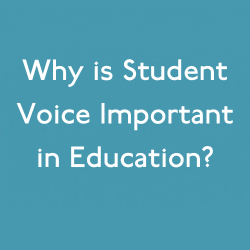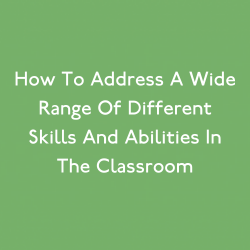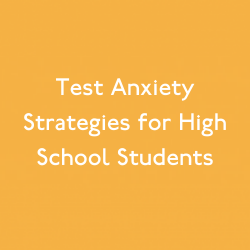We continue to hear horrible bullying stories and their aftermath for a growing number of youth across the nation. One in three students report being bullied weekly in the US. With increased access to technology and constant communication that happens “in silence”, bullying is less obvious but even more vicious. Unfortunately, less than 40% of bullying incidents are reported to an adult.
What can we do?
Teachers and other school staff are in a unique position to identify the early warning signs of bullying. Today, we wanted to share some of the warning signs that a student might be the victim of bullying.
-
Physical Warning Signs: Unexplained bruises, cuts, scratches. Notice if these tend to appear after free times such as lunch or recess. Students may also complain of frequent headaches, stomach aches, or other “mysterious” illnesses.
-
Behavioral Warning Signs: A student that often participated in class is now silent and avoidant. A student that generally gets along with others is now engaging in fights and arguments frequently. A student suddenly “loses” belongings often. Student is more sensitive than normal, crying easily.
-
Academic Warning Signs: A sudden drop in grades, missing homework assignments, or frequent absences/skips.
-
Social Warning Signs: The student often sits alone or is excluded from other groups in the class. The student doesn’t have a “core group” of friends, or even one person with whom he/she spends free time. The student suddenly loses interest in extracurricular activities.
The majority of these warning signs span across age groups. Bullying can take many different shapes and sizes, ranging from a teasing comment to an illegal, aggressive act. No hint of bullying should be taken lightly as it can have long-term, and in the worst cases, fatal consequences. If you work in a school setting, look for these warning signs in your students. If you do think that a student might be the victim of bullying, check out our article on bullying intervention strategies for how to take immediate next steps to protect your students.
Can bullying be prevented?
There are a growing number of research-backed bullying prevention programs that can have a significant positive impact on creating a safe and supportive school culture. For more information on these programs, see our article about how to implement a bullying prevention program.
Resources
https://www.nea.org/home/53359.htm
https://www.stopbullying.gov/at-risk/warning-signs/index.html
Sign up for Move This World’s newsletter to stay up to date on social emotional learning.
Enter your email below!










